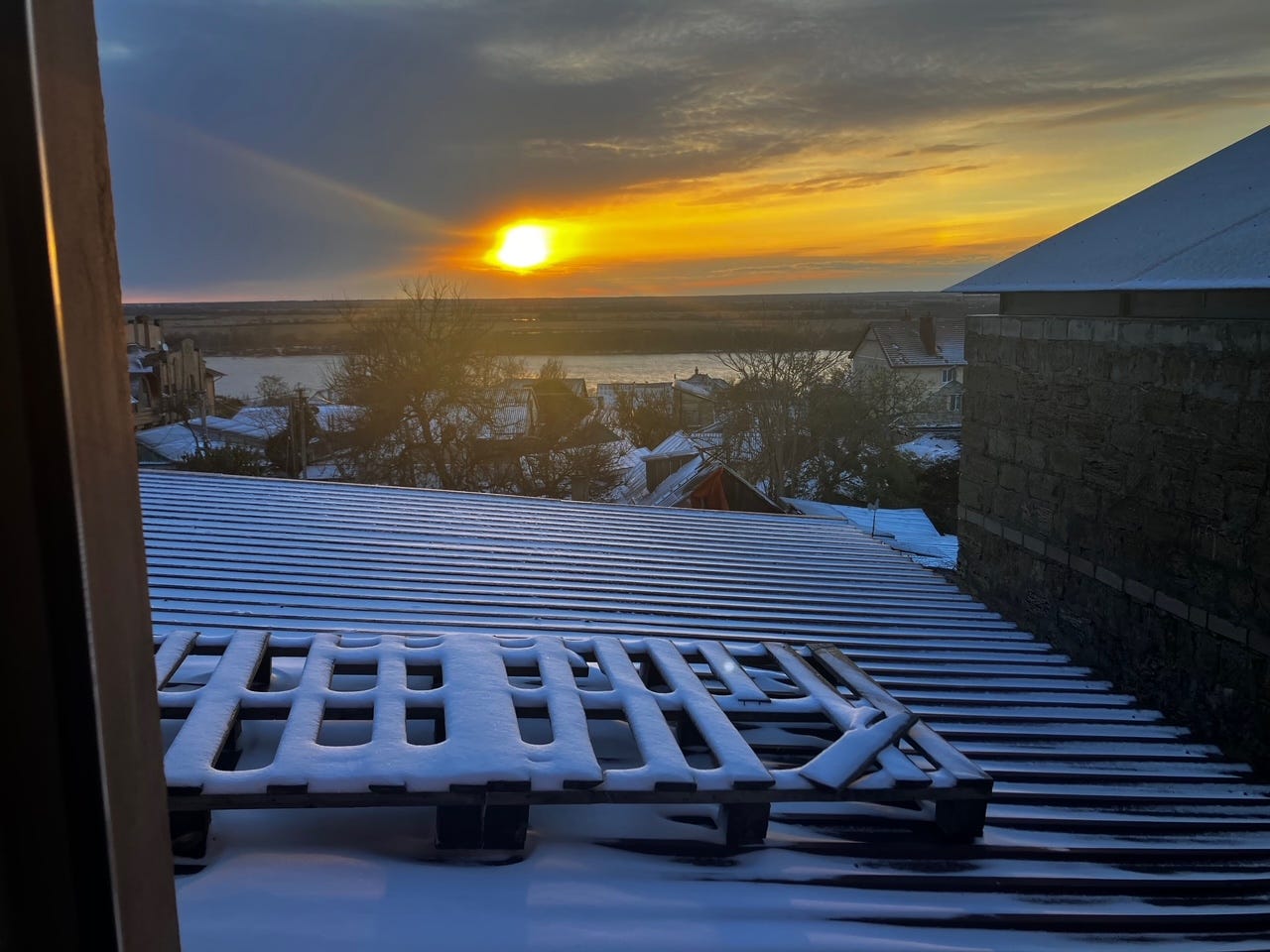Invincible Ukraine, Indecisive Allies: Two Years In
On the anniversary of Russia's full-scale invasion of Ukraine, Zarina Zabrisky offers a fascinating insight into her time reporting from the frontline for Byline
Spring: Bakhmut
In early spring 2023, the Byline media crew got stuck in the mud in Donbas. Just a few miles away from Bakhmut, sinking into wet dirt, under shelling, we walked through the mined field to the artillery positions. Our guide, programmer-turned-soldier, told us fighting was not a matter of choice.
“This is our home,” he said.
The battle for Bakhmut, described as one of the bloodiest fights of this century, reflected the dynamics of this war. Ukraine lost fewer troops than Russia, but Russia had a vast advantage in numbers. Wagner Group convicts, deployed as assault infantry, attacked Ukrainian positions, stomping over the dead bodies of their own soldiers. The “meat storms” defined Russian recruiting policy and life philosophy. Human life was worthless. To compensate for its losses, the Kremlin mobilized an additional 300,000.
In May, the Russians captured the ruins of Bakhmut. We finished our documentary.
I went to Kharkiv, the second largest city in Ukraine, with a group collecting the bodies of fallen Ukrainian soldiers in mined fields. Ukrainians picked up Russian bodies for an exchange, but the Kremlin had little interest in getting its “cannon fodder” back.
Five miles from the Russian border, I reported from “zero line” trenches, sitting out drone attacks in a neat dugout that looked more like a sauna with its pale, freshly cut boards. The soldiers sipped coffee and smoked, restless and stoked for a counter-offensive. While the leadership lingered, waiting for the West to deliver weapons, Russians built fortifications and mined more fields.
Keep reading with a 7-day free trial
Subscribe to Byline Supplement to keep reading this post and get 7 days of free access to the full post archives.



